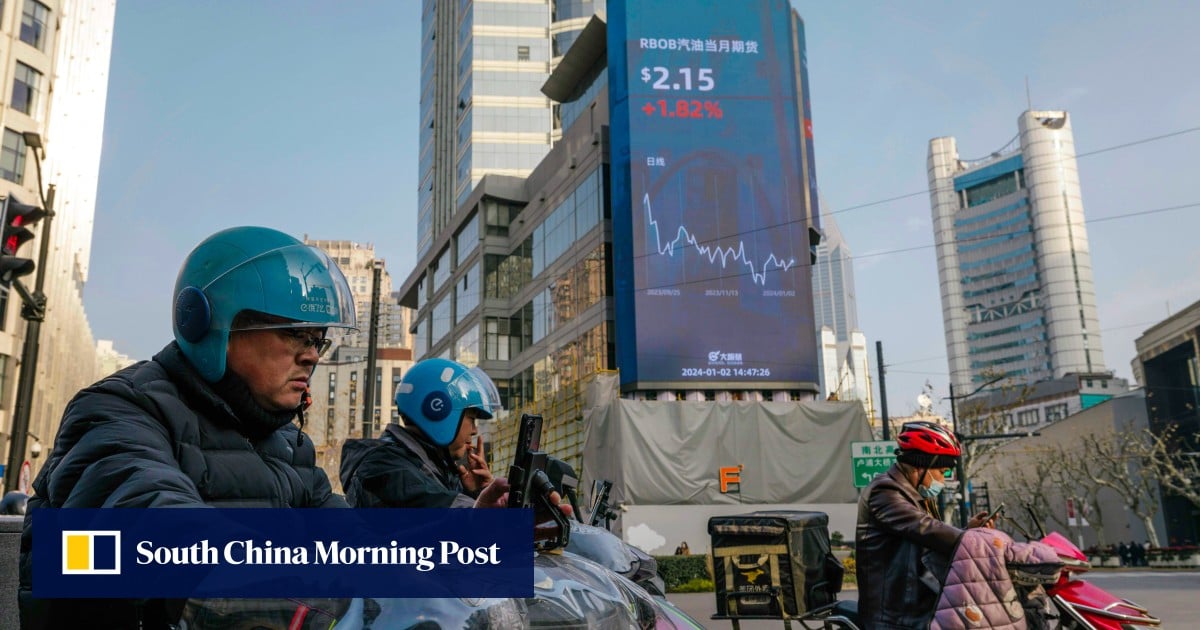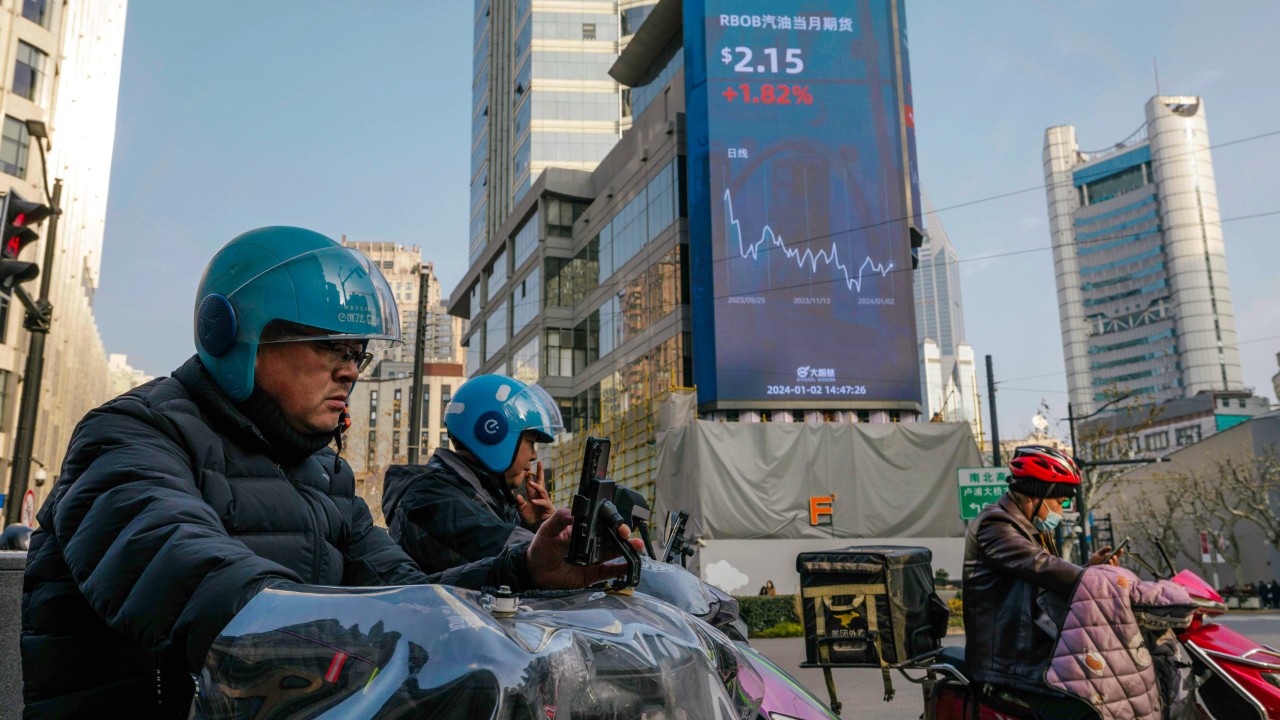
09 Jan Traders take cover by loading up on high dividend stocks as Chinese market makes worst start in two decades

The CSI Dividend Index of the 100 companies on the Shanghai and Shenzhen exchanges that have a good track record of dividend payouts has risen 2.3 per cent in 2024. In contrast, the benchmark CSI 300 Index has fallen almost 4 per cent, marking its most muted start to a year since 2003. The dividend gauge closed last year with a gain of 0.9 per cent, trouncing the CSI 300 with its 11 per cent loss.
Chasing dividend-rich shares is seen as a conservative strategy that gains traction during weak market sentiment, as these stocks typically deliver low earnings growth rates. The strategy’s popularity among investors currently underscores the fragility of Chinese stocks, which have extended declines after an unprecedented third consecutive annual loss in 2023, as concerns about the property market and local government debt persist.
“The property market is struggling to clear inventories, and defusing the risk from local government debt tops the government agenda in 2024. Besides, geopolitical risks are a factor that will potentially rattle the global financial markets.”
Official data due on Friday might show that both consumer and producer prices continued to be mired in deflationary territory in December amid declining domestic demand.
The stocks on the dividend gauge deliver an average dividend yield of 6.18 per cent per annum, according to index compiler China Securities Index Co. The CSI 300 and China’s 10-year government bonds deliver yields of 2.88 per cent and 2.499 per cent, respectively, in comparison.
Financial, energy and raw material stocks, which are viewed as China’s “old economy” sectors, are the biggest industries on the CSI Dividend Index, with a 21.4 per cent, 19.6 per cent and 18.1 per cent weighting, respectively, according to the gauge’s fact sheet.
The most valuable member is Shaanxi Coal Industry, which trades on the Shanghai exchange with a 1.79 per cent weighting. Coal producer China Shenhua Energy is ranked second with a 1.75 per cent weighting and Tangshan Port Group comes third with 1.64 per cent.
UBS bets on China stock market rebound in 2024 with earnings, property recovery
UBS bets on China stock market rebound in 2024 with earnings, property recovery
Shaanxi Coal, whose stock has risen to a one-year high, has a dividend yield of 9.69 per cent, while the yields for Shenhua and Tangshan Port are at least 5.19 per cent, according to Bloomberg data.
China is not the only market where a high dividend strategy has taken hold. In Hong Kong, the Hang Seng High Dividend Yield Index has also outperformed the benchmark. Its 1.7 per cent drop this year is smaller than the Hang Seng Index’s 4.5 per cent loss.
As a matter of fact, the dividend yield of the broader market in China has become appealing relative to bonds after three years of declines that have depressed stock prices. The spread between the average dividend yields from CSI 300 companies and 10-year sovereign bonds is now the widest on record at 0.38 percentage points, Bloomberg data shows.
Does the US$228 billion China stock rally herald an end to the three-year rout?
Does the US$228 billion China stock rally herald an end to the three-year rout?
“With a weak economic recovery, the declines in long-dated bond yields and the entrance of insurance funds, the catalysts that underpin a high dividend strategy are still there,” said Yang Qinqin, an analyst at China Fortune Securities.
